About
Top Experiences
Type of Journey
Subscribe to newsletter and stay updated
Read about our travel expeditions, new destinations, new pictures, latest trip schedules
The Kutch Great Rann. When you get here, all you can see is white salt land stretching as far as the eye can see beyond the horizon. A sight to behold is the biggest salt desert on earth. The amazing thing about the location is that during the rainy season, it is submerged. For the remaining eight months of the year, it serves as a haven for migratory birds and a haven for avid birdwatchers. Rann of Kutch lies in the Indian state of Gujarat that has a unique geographical location, with the desert of Rajasthan in its north, the Arabian Sea to its west and dry deciduous forest in Gir and wet one further south, ancient Aravali and Satpura ranges covering its east, Gujarat offers an abode for such a diverse variety of birds that the onlookers are spellbound by the colorful onslaught of birds around them. There is a Little Rann of Kutch, known for being home to eagles in India, located near Ahmedabad.
From water birds to desert ones to the ones who are in search of greenery, a huge variety of birds find Rann of Kutch one of the best places to rest. These include almost 370 species such as Grey Hypocolius, Greater Hoopoe Lark, Merlin, cranes, flamingos, pelicans, Great Indian Bustards, and other Indian birds of prey. The great bird-watcher and Ornithologist of India, Salim Ali, has written a book on the birds that are found in Rann Of Kutch and one can see the enthusiasm of the author in the pages of the books. Ali found a treasure in Kutch and this treasure is what tourists come in search of.
OVERVIEW
Location: Kutch district, Gujarat, India
Nearest Airport: Rajkot and Ahmedabad Airport
How to reach: 8 hours drive from Ahmedabad airport
Famous for: Rare resident birds and passage migrants
Best time to visit: Sep to Mar
WHAT TO SEE
Birds : Imperial Eagle, Tawny Eagle, Eurasian Hobby, Long-legged Buzzard, Desert Warbler, Rufous-tailed Scrub Robin, Flamingos, Collared Pratincole, Crab Plovers, Bluethroat, Tufted Duck, Great-crested Grebe, Grey-necked, Red-headed and Black-headed Buntings, Chestnut-bellied and Spotted Sandgrouse, Indian Courser, Grey Hypocolius
The region is home to many different varieties of flowering plants and trees, most of which are centered around the villages. The Rann of Kutch offers a picture of gleaming salt land that sparkles in the morning sunlight and exudes an air of remoteness as dusk falls. One of the most magnificent sights in the world is the full moon in Kutch.
Here are the best places that tourists can visit to have the best experience of Indian birds:
Naliya Grasslands:-The grasslands cover a relatively small area of the Kutch but are important as they are one of the last abodes to the endangered Great Indian Bustards. Here lies the Lala Bustard Wildlife Sanctuary which is dedicated to the protection and enhancement of the dwindling numbers of bustards found in the region. The grasslands offer a clear view of the tall and proud Indian Bustards as well as quails, larks, white-nipped Tit, and Indian birds of prey such as falcons, etc are also found here.
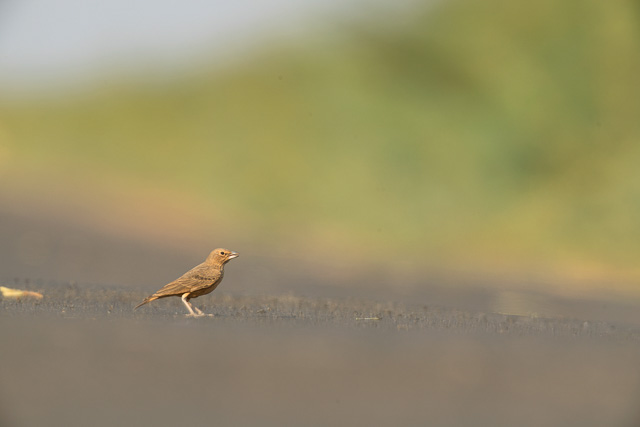
Chari Dhand and Fulay Village:-Chari Dhand is a jheel or pond that is formed by the monsoon water that fills the depressions that are abundant around the area. These form various things that act as resting places for migratory birds as well as waterfowl. During winter, the flocks of birds crowd here in thousands, which makes the Chari Dhand look like a railway station of birds. Bird watchers wait for this time of the year to get a glance at the immense and diverse beauty of nature in the form of these colorful birds.
The Fulay village, based beside the Chari Dhand is the world-renowned spot for watching the rare and endangered Grey Hypocolius.
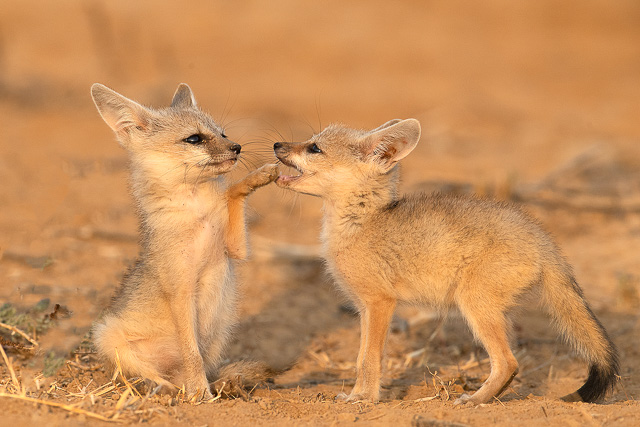
Lyari River:-Also known as the Fossil River, the Lyari River offers a retreat for tourists to enjoy the vast and empty landscape of the Kutch while they lie by rocks that are hundreds of thousands of years old. The rhythmic sound of the river fills your mind as you watch the sun disappear on the horizon amidst the emptiness of the salt desert.
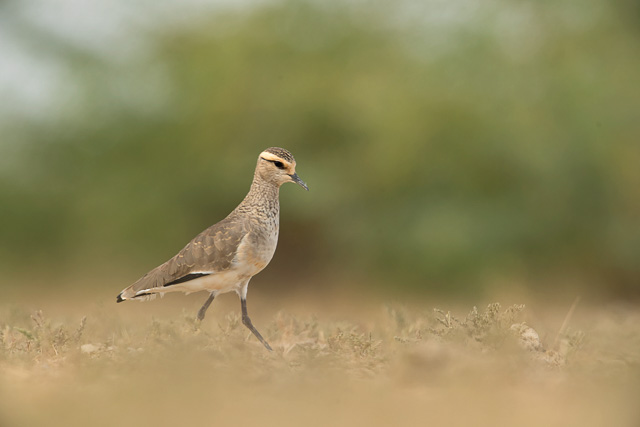
Banni Grasslands:-Before a weed species known locally as gando bawaal, or crazy thorn-bush, or crazy thorn-bush, was planted here to manage the salinity of the soil, the Grassland was one of the best Asian grasslands. The weed spread so quickly that it wiped out the surrounding plant species, wiping off the lovely vegetation of the Banni grasslands.
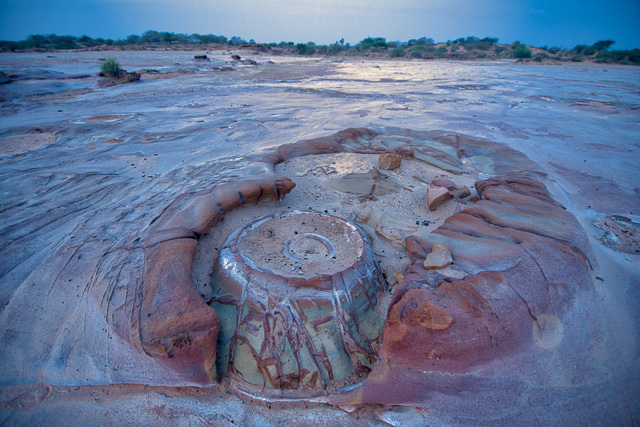
Even though the Banni grasslands still lie in a poor state, the grasslands are flocked with almost 90 species of birds. One can find Indian birds of prey such as vultures, eagles, and falcons circling the sky of the grasslands. Banni grasslands are famous for having various species of eagles in India that soar over the heads of tourists.
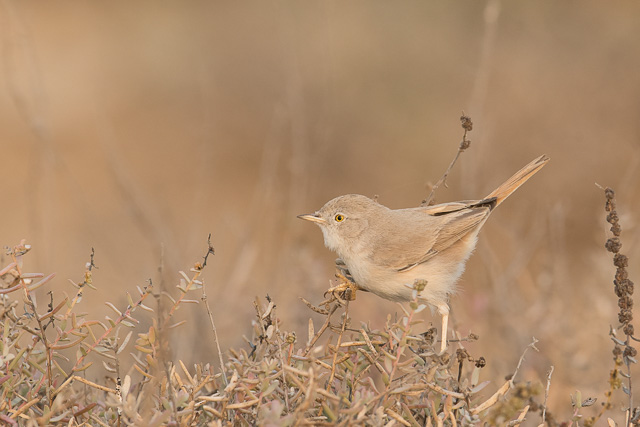
Kunathia Scrubland or Mandavi Coast:-The grasslands that are found in the area of Kunathia are of great importance; it is home to various animals such as gazelles, foxes, wolves, and also, the endangered Great Indian Bustard.
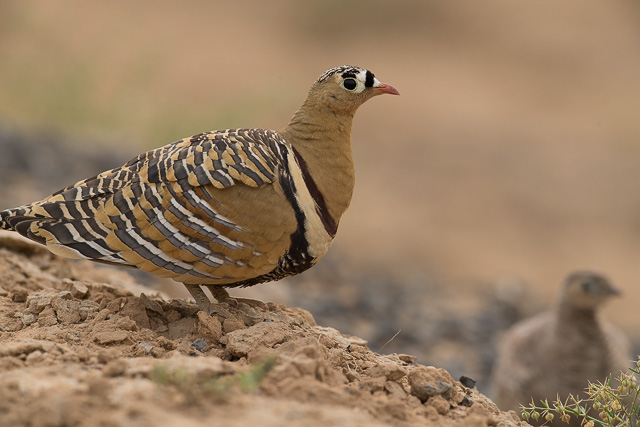
As you travel west towards the coast, the marshes that lie between the grasslands and the coast, various migratory birds come in search of shelter in the winter season. From bright pink flamingos to great pelicans, from loud gulls to Godwits, many waterfowls can be spotted in this area.